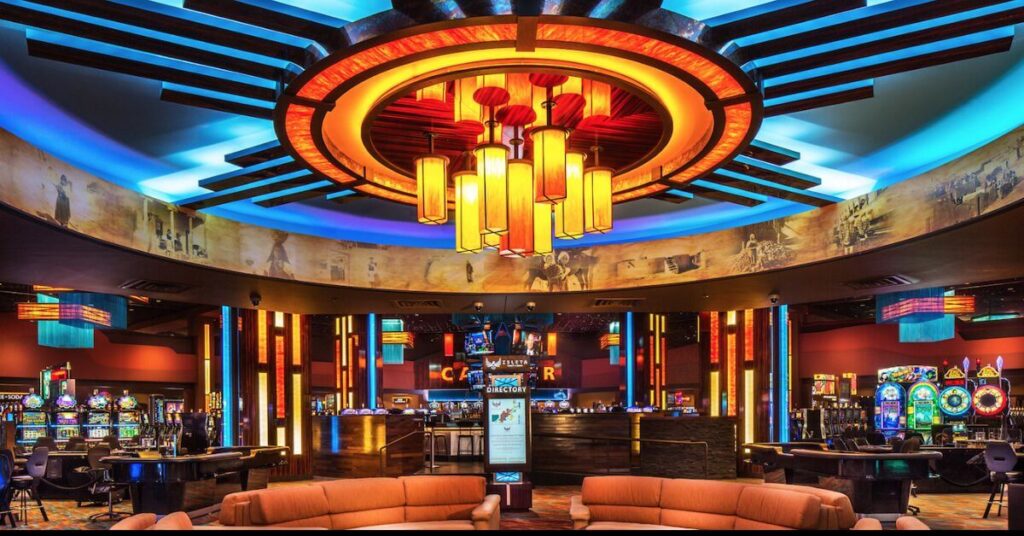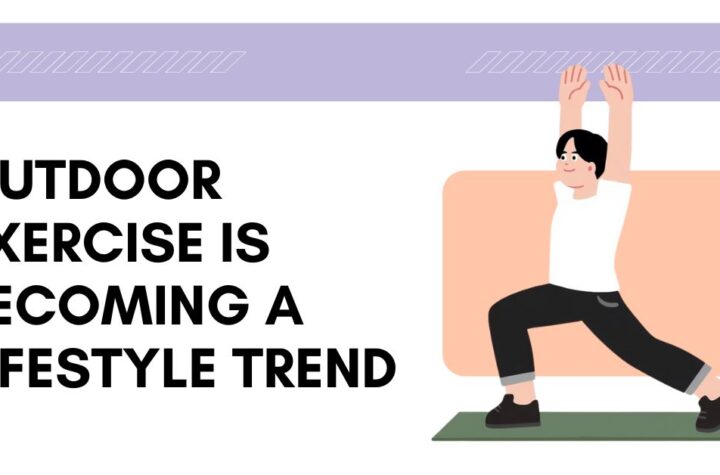
Ever walk into a casino and feel a little lost? A little disoriented? That’s not an accident. It’s a feature, not a bug. Every carpet, every light, every sound is part of a deliberate design. It’s called choice architecture.
The Labyrinth of Loss: Getting Lost in the Physical Casino
The classic casino design is a masterclass in psychological manipulation. For decades, the dominant theory, championed by designer Bill Friedman, was to create a labyrinth. A maze. The goal was to get you inside and make it hard for you to leave. Think about the common elements. Winding, confusing pathways with no clear sightlines. Slot machines arranged in tight, angled rows that obscure your view. Low ceilings that create a sense of intimacy and enclosure. And most famously? No clocks on the walls and no windows to the outside world. Why? To make you lose all track of time. To disconnect you from the normal rhythm of day and night. Inside the casino, it is always playtime. This intentional disorientation is a well-known phenomenon sometimes called the “Gruen transfer”-that moment in a shopping mall or casino where you forget your original purpose and just start wandering.
From Carpet to Code: Translating the Maze into a User Interface
So how do you recreate that feeling online, where a user can leave with a single click? You just build a different kind of maze. The digital casino isn’t constrained by physical walls, so it creates a labyrinth of endless choice. The confusing pathways of a physical casino are replaced by infinite-scroll lobbies and nested menus. Instead of getting physically lost, you get lost in the sheer volume of options. And the experience is personalized. Online, the maze is built just for you. Algorithms analyze your preferences and prominently feature the games you’re most likely to play. A platform might analyze your preferences and prominently feature a specific desi slot if it knows you enjoy culturally themed games, making the digital path feel uniquely tailored to you. This endless, personalized pathway is the new labyrinth, designed to keep your attention locked firmly on the screen.
The Symphony of Seduction: How Sound and Light Guide Your Brain
Our brains are hardwired to pay attention to certain sounds and lights. They signal reward and excitement. Casino designers are masters of this. The entire soundscape of a casino floor is a carefully composed symphony. It’s not just noise. The constant, cheerful ringing and chiming of slot machines-even for very small wins-creates an atmosphere of constant winning. You hear people winning all around you, which creates a feeling that your own big win is just around the corner. The lighting is just as deliberate. It’s typically low and warm, creating a womb-like, comforting environment that feels intimate and timeless. Online, this is replicated with digital flair. Every win, no matter how small, is met with an explosion of flashy animations, celebratory sound effects, and coins showering the screen. It’s a sensory feast designed to make every click feel like a significant, rewarding event.
The Illusion of Control: Chips, Buttons, and ‘Near Misses’
Humans have a deep-seated need to feel in control of their environment. Casino design cleverly gives us the illusion of control in situations that are governed entirely by chance. The simple act of converting cash into colorful, plastic chips is a psychological masterstroke. It disassociates you from the real value of the money you’re betting. It feels more like playing a board game than making a financial decision. The design of the games themselves is also key. The satisfyingly large “Spin” button on a digital slot, the ability to choose your own numbers in keno, or the way the reels on a slot machine visually slow down to show a “near miss”-with the winning symbol landing just one spot away. These are all designed to make you feel like your choices and actions matter, even when the outcome is determined by a random number generator. This illusion of agency is a powerful hook that keeps players engaged.
The Playground vs. The Library: A Tale of Two Design Philosophies
Interestingly, the classic, labyrinthine casino design is no longer the only game in town. A new school of thought, championed by designers like Roger Thomas for Wynn Resorts, has emerged. This is the “playground” model. Instead of low ceilings and confusing mazes, this philosophy uses high ceilings, natural light from skylights, elegant decor, and clear, easy-to-navigate pathways. The theory here is completely different. It argues that people will actually stay longer and spend more money if they feel comfortable, relaxed, and safe, rather than confused and trapped. Instead of making it hard to find the exit, this design makes it so beautiful inside that you don’t want to leave. It’s a shift from a “mouse in a maze” model to a “guest in a luxury palace” model, and it’s a fascinating debate in the world of environmental psychology.
Also Read, Casino Bonus Without Deposit
Conclusion
Whether it’s the physical layout of a Las Vegas resort or the user interface of an app on your phone, nothing you see is accidental. It is all choice architecture. It’s the invisible hand of design, gently nudging you toward certain behaviors and decisions. By understanding these principles-the mazes, the sounds, the lights, the illusions of control-you can become a more conscious consumer. You can recognize when an environment is being designed to influence you. It doesn’t mean you can’t enjoy the experience. It just means you’re no longer playing the game with your eyes closed. You see the architecture for what it is. And that awareness is a power all its own.




More Stories
Risk Management on the Go: Melbet’s Mobile Strategy Toolkit
Wheon Cricket 07 – Features & Tips
Wheon.com GTA Vice City: Learn everything you need to know